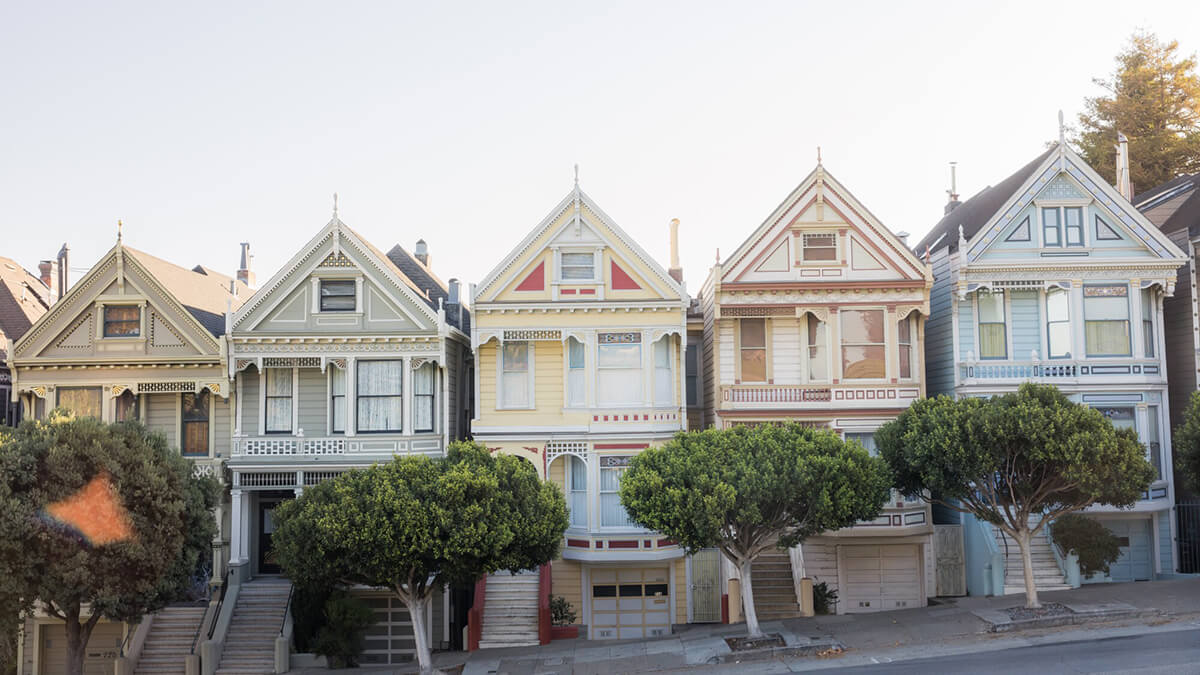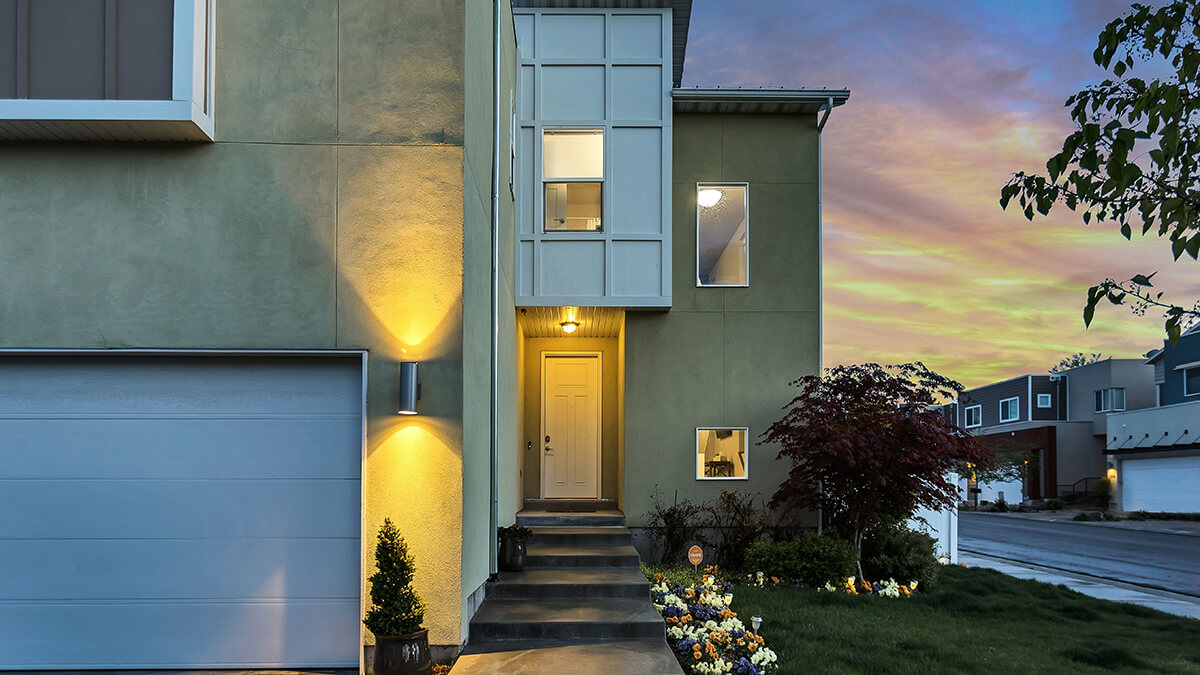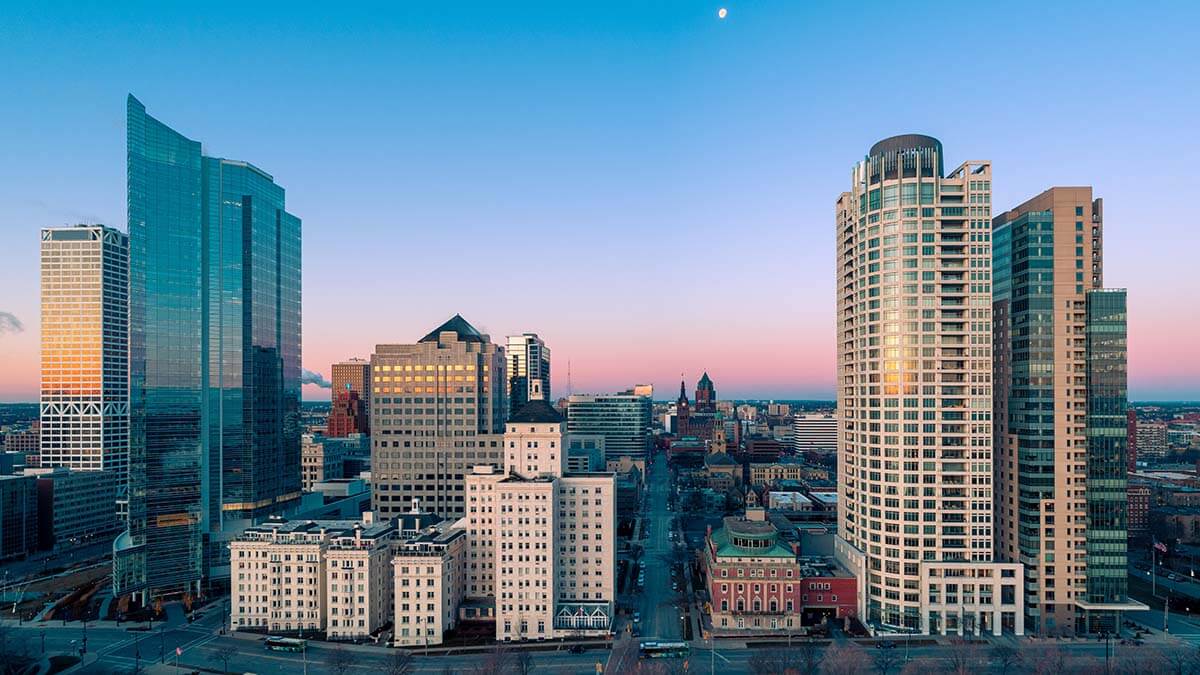San Francisco is known for its vibrant and diverse neighborhoods, each offering a unique lifestyle that caters to a wide variety of preferences. From trendy spots filled with eclectic restaurants to quiet, family-friendly streets, the city has something for everyone. Whether you’re drawn to the food scene, looking for top-notch schools, or hoping to live close to the ocean, San Francisco’s neighborhoods offer endless opportunities to find the perfect fit.
As you explore your options, iBuyer.com can help make your transition between homes smoother and faster. If you’re thinking about selling your home while searching for your next neighborhood, iBuyer’s fast and hassle-free process can help you move on quickly without the typical stress of selling a house.
Top Neighborhoods in San Francisco
Compare Cash Offers from Top Home Buyers. Delivered by Your Local iBuyer Certified Specialist.
One Expert, Multiple Offers, No Obligation.
Mission Dolores: Best for Food Lovers
If you’re a foodie at heart, Mission Dolores is the place to be. This neighborhood is a melting pot of flavors, where you’ll find everything from trendy taco joints to upscale dining experiences. The eclectic food scene draws in both locals and tourists, with every corner offering a new culinary adventure. Whether you crave authentic Mexican street food, artisan bakeries, or modern fusion restaurants, there’s something to satisfy every palate.
Beyond its vibrant food culture, Mission Dolores boasts a rich cultural diversity that adds to its charm. You’ll experience different cultures blending seamlessly, creating a lively, energetic atmosphere. And when you need a break from the bustle, Mission Dolores Park is the perfect place to unwind with a picnic, offering stunning views of the city skyline.
Noe Valley: Best for Families
If you’re looking for a neighborhood that offers a family-friendly environment, Noe Valley is hard to beat. Known for its tree-lined streets and charming Victorian homes, Noe Valley is perfect for those seeking a peaceful, safe community with plenty of amenities for families. The area boasts several highly-rated schools, making it an excellent choice for parents prioritizing education.
What really sets Noe Valley apart is its walkability. From parks and playgrounds to cozy cafes and local boutiques, everything is within a short stroll. The area is home to kid-friendly parks like Douglass Playground, offering plenty of outdoor space for children to play. It’s also one of the safest neighborhoods in San Francisco, with a tight-knit community that makes it feel like a small town in the middle of the city.
Sea Cliff: Best for Luxury and Scenic Beauty
For those seeking upscale living with breathtaking views, Sea Cliff offers the best of both worlds. Known for its luxury homes and serene atmosphere, this exclusive neighborhood is nestled along the coast, offering stunning views of the Pacific Ocean and the iconic Golden Gate Bridge. Living here feels like an escape from the hustle of the city, yet it’s just a short drive from downtown.
Sea Cliff is home to some of San Francisco’s most famous residents, and it’s easy to see why. With grand estates, manicured lawns, and private access to hidden beaches like China Beach, the neighborhood exudes exclusivity and elegance. If you’re looking for a peaceful retreat with the best scenic beauty San Francisco has to offer, Sea Cliff is the ideal neighborhood.
Outer Sunset: Best for a Laid-back, Beach Vibe
If you’re all about a relaxed, beachside lifestyle, Outer Sunset will feel like home. Just steps away from the Pacific Ocean, this neighborhood offers a laid-back, surfer-friendly vibe that’s perfect for those who love the outdoors. Whether you enjoy long walks on the beach, surfing at Ocean Beach, or catching a stunning sunset, this area has it all.
Outer Sunset also has a welcoming, close-knit community, with local cafes, surf shops, and cozy restaurants scattered throughout. The foggy mornings and cool ocean breezes create a calm, coastal atmosphere, making it a great escape from the more bustling parts of San Francisco. If you want to live near the beach while enjoying a peaceful, easy-going lifestyle, Outer Sunset is the perfect fit.
Richmond District: Best for a Mix of Cool and Family-Friendly
Richmond District is the perfect blend of trendy and family-friendly, offering something for everyone. Its diverse range of restaurants, shops, and attractions make it a lively area that still maintains a sense of community. From hip cafes and cool vintage shops to peaceful parks and excellent schools, Richmond District strikes a balance that appeals to young professionals and families alike.
With Golden Gate Park and the Presidio just a stone’s throw away, Richmond is a dream for outdoor enthusiasts. Plus, the neighborhood’s proximity to both the Pacific Ocean and downtown San Francisco gives residents easy access to the city’s highlights while keeping a quiet, residential feel. Whether you’re raising a family or just want a neighborhood with a bit of everything, Richmond District is a fantastic choice.
Glen Park: Best for Nature Lovers
If you’re someone who loves being surrounded by nature, Glen Park offers a perfect retreat. This quiet neighborhood is tucked away from the city’s hustle and bustle, giving it a more tranquil and serene atmosphere. Glen Canyon Park is the heart of this area, offering vast green spaces, hiking trails, and a nature-filled escape for outdoor enthusiasts. Whether you’re up for a morning hike or simply want to enjoy the fresh air, Glen Park makes it easy to stay connected with nature.
Despite its peaceful vibe, Glen Park still offers the convenience of urban living. The neighborhood has a charming village-like feel with local cafes, markets, and shops that make daily life enjoyable and simple. If you’re seeking a blend of city life and natural beauty, Glen Park is the perfect neighborhood to call home.
Reilly’s Two Cents
As a real estate agent, I’ve had the privilege of helping many clients find the perfect neighborhood to call home. One thing I’ve learned through experience is that it’s all about lifestyle. Each neighborhood has its own unique vibe, and finding the right fit is key to enjoying everything this amazing city has to offer.
Here’s what I always tell my clients when they’re navigating the neighborhood search:
- Think about your commute: San Francisco’s traffic can be a challenge, so it’s essential to consider how close you want to be to work or school. Neighborhoods like Mission Dolores are well-connected to public transportation, while quieter areas like Glen Park offer more peaceful, suburban living but may require more travel time.
- Know your budget: Prices vary drastically across San Francisco’s neighborhoods. Luxury spots like Sea Cliff come with a higher price tag, while areas like Richmond District or Outer Sunset offer more affordable options without sacrificing charm or convenience.
- Prioritize your lifestyle: Whether you’re a foodie, a nature lover, or a family looking for a close-knit community, each neighborhood caters to a different way of life.
Conclusion
San Francisco’s neighborhoods each offer something unique, catering to different lifestyles and preferences. Whether you’re drawn to the vibrant food scene in Mission Dolores, the family-friendly atmosphere of Noe Valley, or the luxurious, scenic views in Sea Cliff, there’s a perfect neighborhood waiting for you. For those who prefer a laid-back beach vibe, Outer Sunset provides the perfect coastal escape, while Richmond District gives a balanced mix of trendy and family-oriented living. And if you’re a nature lover, Glen Park’s green spaces make it an ideal spot to call home.
No matter which neighborhood catches your eye, making a move is a big step. With iBuyer’s fast and hassle-free home-selling process, you can focus on finding the perfect neighborhood while we take care of the rest. Whether you’re upgrading, downsizing, or just looking for a fresh start, iBuyer makes selling your home easier than ever.
Instant Valuation, Confidential Deals with a Certified iBuyer.com Specialist.
Sell Smart, Sell Fast, Get Sold. No Obligations.
FAQ Section
If affordability is a priority, neighborhoods like Outer Richmond and Excelsior are worth considering. Both areas offer a more budget-friendly option while still providing great access to parks, schools, and public transportation.
Noe Valley is a top pick for families due to its excellent schools, safe streets, and community vibe. Glen Park and Richmond District also offer a great balance of family-friendly amenities and outdoor spaces, making them popular choices for parents.
If you’re searching for upscale living, Sea Cliff and Pacific Heights are known for their luxury homes and stunning views. Both neighborhoods offer exclusive properties and a quiet, elegant lifestyle.
For easy access to public transportation, Mission Dolores and Inner Sunset are great options. Both areas are well-connected to BART and Muni lines, making commuting throughout the city a breeze.




